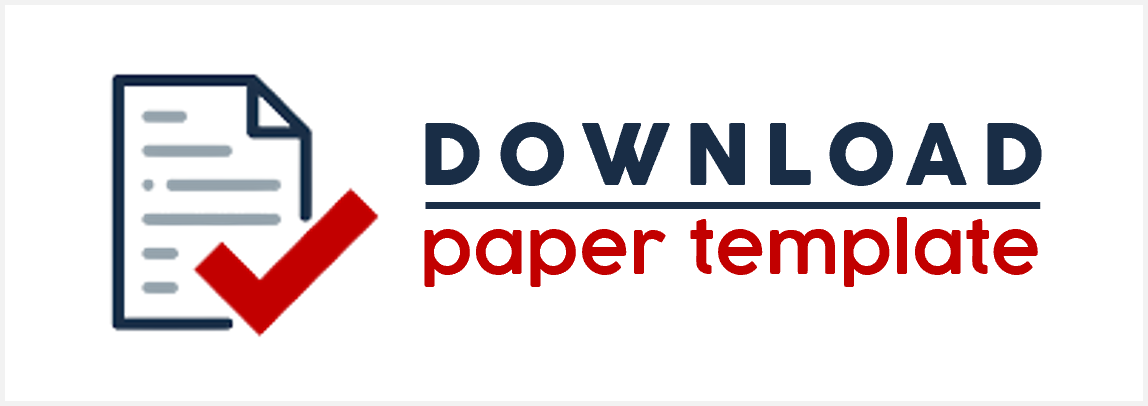Efisiensi dalam Pengelolaan Dokumen Berbasis Digital
Abstract
Setiap organisasi membutuhkan dokumen untuk kegiatan operasional dan dalam pengambilan keputusan manajemen. Beberapa kendala dalam pengelolaan dokumen secara manual mengakibatkan terhambatnya proses bisnis karena dokumen tidak tercatatkan dengan baik, sulit ditemukan, atau hilang. Pengelolaan dokumen harus ditangani secara tepat agar tugas terlaksana secara efektif dan efisien. Efisiensi dalam pengelolaan dokumen meningkatkan produktivitas karyawan dan kinerja perusahaan. Pengelolaan dokumen di era teknologi informasi sudah selayaknya memanfaatkan teknologi dan selaras dengan perkembangan jaman. Penelitian ini bertujuan untuk mendapatkan solusi atas permasalahan dalam pengelolaan dokumen di perusahaan. Penelitian ini menggunakan metode deskripsi dengan studi kasus di PT Telin. Data diperoleh melalui pengamatan, wawancara, dan melakukan proses. Diagram Sebab Akibat berbentuk Tulang Ikan dari Ishikawa digunakan untuk menganalisis penyebab masalah. Solusi penyelesaian masalah dilakukan dengan menerapkan pengetahuan dalam manajemen kearsipan dan pengoperasian komputer. Tahapan dalam penyelesaian masalah dilakukan sesuai dengan fungsi manajemen (plan, do, check, action). Hasil dari penelitian ini adalah pemanfaatan Microsoft Access dalam system pengelolaan dokumen secara digital. Keterbatasan penelitian adalah hanya menerapkan satu jenis aplikasi dalam penyelesaian masalah.
Keywords
Full Text:
PDF (Bahasa Indonesia)References
Akpomi, M., & Ordu, P. (2009). Modern office technology and the secretarys productivity in private business organisations. African Journal of Business Management, 3(8), 333–339.
Ambarwati, M. F. L. (2021). Technology Use Analysis for Administrative Assistants by Using The Theory of Technology. Jurnal Administrasi Dan Kesekretarisan, 6(1), 78–90. http://jurnal.stiks-tarakanita.ac.id/index.php/JAK/article/view/565
Becerra, M. (2009). Theory of Firm for Strategic Management. In Instituto de Empresa Business School, Madrid: Vol. (Issue). Cambridge University Press. http://publications.lib.chalmers.se/records/fulltext/245180/245180.pdf%0Ahttps://hdl.handle.net/20.500.12380/245180%0Ahttp://dx.doi.org/10.1016/j.jsames.2011.03.003%0Ahttps://doi.org/10.1016/j.gr.2017.08.001%0Ahttp://dx.doi.org/10.1016/j.precamres.2014.12
Björk, B. C. (2003). Electronic document management in construction - Research issues and results. Electronic Journal of Information Technology in Construction, 8(May), 105–117.
Boampong, H. A. (2016). Impact of Information Technology on Administrative Secretaries : a Study of Sunyani Municipal Assembly. 1(2), 51–67.
Chao, C. (2015). Implementing a Paperless System for Small and Medium-Sized Businesses (SMBs). University of Oregon, 1277(December).
Coccia. (2017). Social and Administrative Sciences - The Fishbone diagram to identify, systematize and analyze the sources of general purpose technologies. Journal of Social and Administrative Sciences, 4(December 2017), 291–303.
García-Sánchez, E., García-Morales, V. J., & Martín-Rojas, R. (2018). Influence of technological assets on organizational performance through absorptive capacity, organizational innovation and internal labour flexibility. Sustainability (Switzerland), 10(3). https://doi.org/10.3390/su10030770
Giandon, A. C., Junior, R. M., & Scheer, S. (2002). Implementing Electronic Document Management System for a Lean Design. Proceedings IGLC-10, 1–9.
Half, R. (2021). Administrative Assistant job description guide Administrati v e Assistant duties and responsibilities of the job Administrati v e Assistant job quali cations and requirements. https://www.roberthalf.com.au/employers/administration/administration-assistant-jobs
Kiplie, F. H., Yatin, S. F. M., Angutim, M., & Hamid, N. H. A. (2018). System Development for Document Management System. International Journal of Academic Research in Business and Social Sciences, 8(9), 748–757. https://doi.org/10.6007/ijarbss/v8-i9/4652
Macías-Jiménez, M. A., Acosta-Fontalvo, L. C., & Jiménez-Barros, M. A. (2020). Document management practices in SMEs: An information management capability-based approach. Records Management Journal, 30(1), 63–79. https://doi.org/10.1108/RMJ-10-2018-0042
Mohammed, Safura and Tetteh, Rebecca and Ahmed Azumah, A. (2018). Munich Personal RePEc Archive Challenges Associated with Records Management in Sunyani Technical. Munich Personal RePEc Archive Challenges, 89261. https://mpra.ub.uni-muenchen.de/89261/1/MPRA_paper_89261.pdf
Mukred, M., Yusof, Z. M., Al-Moallemi, W. A., Mokhtar, U. A., & Hawash, B. (2022). Electronic records management systems and the competency of educational institutions: Evidence from Yemen. Information Development, 38(1), 125–148. https://doi.org/10.1177/0266666920980829
Oteng, P. A., & Seidu, P. A. (2016). The Impact of Modern Office Technology on the Secretary’s Performance in Some Selected Business Organizations in the Takoradi Metropolis. ADRRI Journal of Arts And Social Sciences, 13(12), 1–10.
Pârjoleanu, R. (2020). Work Motivation Efficiency in the Workplace. Postmodern Openings, 11(4), 293–309. https://doi.org/10.18662/po/11.4/236
Pinnick, J. (2019). Exploring Digital Preservation Requirements: A Case Study from The National Geoscience Data Centre (NGDC). Records Management Journal, 1, 1–28.
Sathiadas, J. P., & Wikramanayake, G. N. (2003). Document Management Techniques and Technologies. 5th International Information Technology Conference, June, 40–48.
Swaminathan, G., & Magesh, R. (2017). The future of innovation management. International Journal of Civil Engineering and Technology, 8(9), 921–926.
Yusuf, S. K., & Adekoya, O. M. (2021). Trends in Contemporary Record Management. August, 326–343. https://doi.org/10.4018/978-1-7998-7740-0.ch021
DOI: https://doi.org/10.36914/jak.v7i1.767
Refbacks
- There are currently no refbacks.
Copyright (c) 2022 Jurnal Administrasi dan Kesekretarisan

This work is licensed under a Creative Commons Attribution-NonCommercial-ShareAlike 4.0 International License.
Publisher STARKI @copyright


